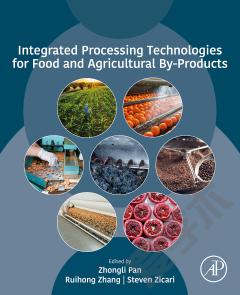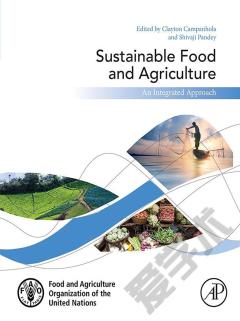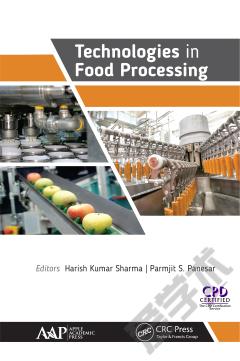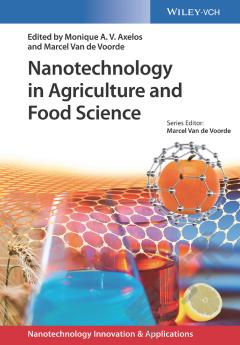Integrated Processing Technologies for Food and Agricultural By-Products
Feeding our globally expanding population is one of the most critical challenges of our time and improving food and agricultural production efficiencies is a key factor in solving this problem. Currently, one-third of food produced for humans is wasted, and for every pound of food produced, roughly an equal amount of nonfood by-product is also generated, creating a significant environmental impact. In Integrated Processing Technologies for Food and Agricultural By-Products experts from around the world present latest developments, recognizing that while some by-products have found use as animal feed or are combusted for energy, new technologies which integrate conversion of production and processing by-products into higher-value food or nonfood products, nutraceuticals, chemicals, and energy resources will be a critical part of the transition to a more sustainable food system. Organized by agricultural crop, and focusing on those crops with maximum economic impact, each chapter describes technologies for value-added processing of by-products which can be integrated into current food production systems. Integrated Processing Technologies for Food and Agricultural By-Products is a valuable resource for industry professionals, academics, and policy-makers alike. Provides production-through-processing coverage of key agricultural crops for a thorough understanding and translational inspirationDescribes and discusses major by-product sources, including physical and chemical biomass characterizations and associated variability in detailHighlights conversions accomplished through physical, biological, chemical, or thermal methods and demonstrates examples of those technologies
{{comment.content}}








 京公网安备 11010802027623号
京公网安备 11010802027623号